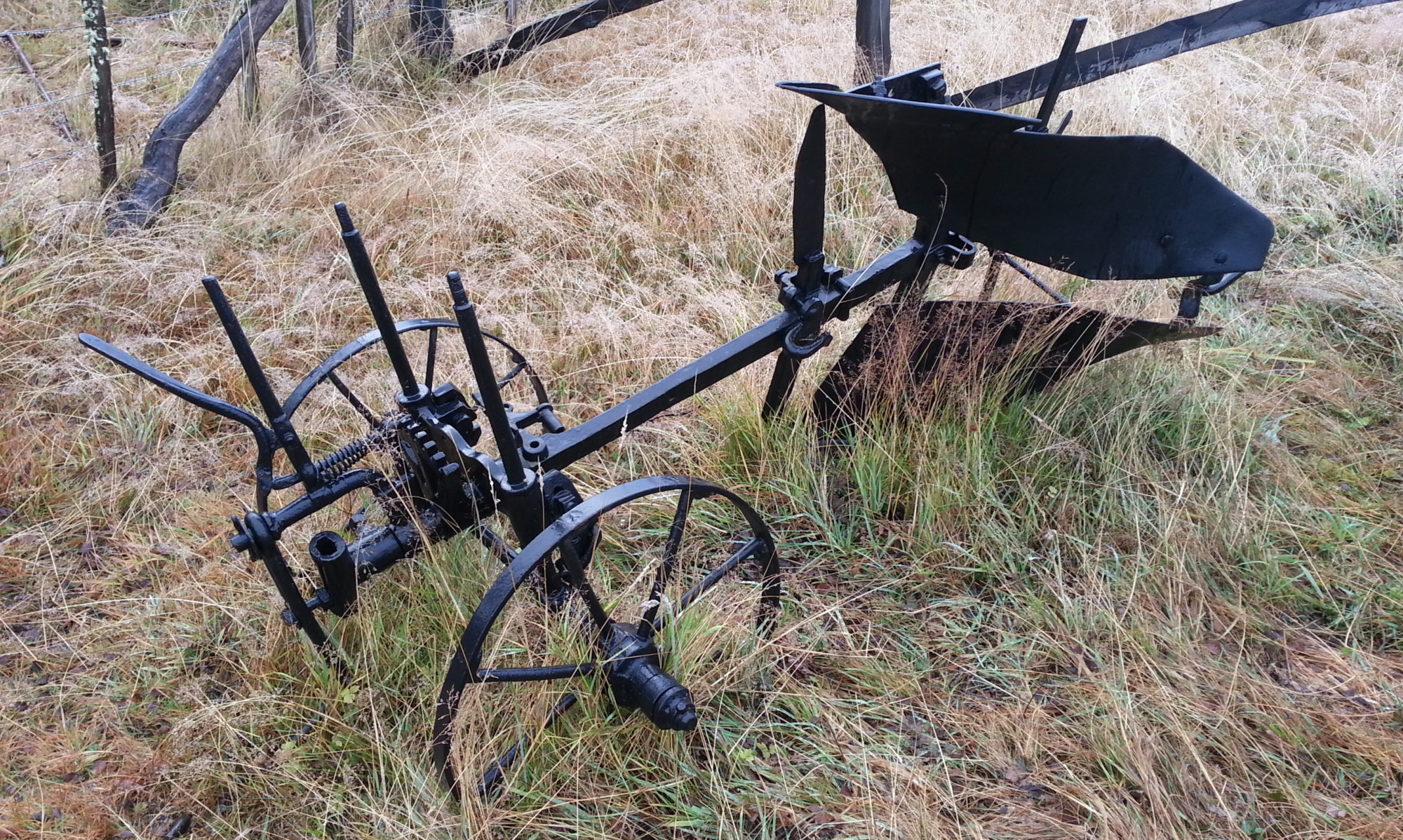
An Almanac of Farming – A Series
This is a continuation of a series of notes to myself on farming that I would like to share with those who are interesting in the subject.
- If an animal can figure out a way to open a gate, get stuck, or just die, it will. Found a calf the other day that had pushed two gates out enough to stick his head in and then get stuck. Then he fought me when I tried to push his head down to let him go as the chains holding the gate were jammed. Cattle and calves will chew on plastic twine which can get in their gut and kill them. We pick up as much twine as we can find to prevent this.
- If animals are doing something strange, it is for a reason. If calves are drinking from a manure puddle when there is fresh water right next to them in a drinker, then check the drinker for issues. Turns out the wires were grounding out and the water was electrified.
- Always shut the gate!
- If you have to pull a large animal, you can use a non-choke chain and pull them by the head. If you pull them by the legs you can hurt them.
- When feeding silage to cattle make sure they have a good water source. After eating silage, cattle are quite thirsty.
- Since cattle are not bright enough to go down both sides of a trough, if you stand in the middle of the stream of cattle going by it will split them enough to even things out.

- When the weather is warm and pleasant, cattle will get up to mischief. They will wander through the whole paddock so make sure the fences are in good shape, fencers are on and sparking, and the gates are secure.
- On our farm, if a cow is going to slip a calf (have a spontaneous abortion), it seems to happen in the first week of January. Look for an animal that is acting weird. The aborted fetus will attract birds and coyotes. Finding the cow after can be difficult if she is not hanging around the dead calf. Look for obvious signs of birth like a loose vagina, blood, a dirty tail, and signs of the udder starting to bag up.
- Dipping of an ear is an early warning sign of something awry with an animal. In one case, the young heifer was ovulating. Signs include restlessness, cattle jumping each other, and very noticeable sweating. Also, I usually have a dog with me and his first reaction was to run up and have a good sniff of her hind end.
- In poor hay years, ranchers have to start scrounging for cattle feed to replace or supplement the usual dry hay rations. Some options are Distillers Dry Grain (DDGs), potatoes, green oat silage, corn silage, ground barley, or grass seed screenings pellets. Ranchers also can feed canola, barley, or wheat straw bales to give the animals some roughage. A few gallons of feed molasses poured or injected into the bales helps to ‘sweeten the pot’ and seems to make the straw more palatable. Some pitfalls come with the different feeds. DDGs are fine like dust and wind will blow it away if they are in an unprotected area. Cattle can choke on whole potatoes. Silage is costly and prone to spoilage before freeze-up. Grass seed screenings can contain ergot which can cause health and reproduction issues in your herd.
- Before straight cutting became so prevalent, there was not much use for canola straw. When canola is swathed, it needs to sit for a few weeks before combining. There was not much use in trying to keep straw which had been sitting on the ground. But with desiccation and different varieties, the straw has become very useful as a bedding material and feed source. Canola straw actually has a higher feed content than barley or wheat straw. There is a trade-off though by not chopping straw back into the field as the nutrients and fertilizer value is being taken away. Plus there is the extra cost of putting up the straw. But when hay yields are down and round bales are going for $100 plus each, canola straw with a little molasses gets the job done.
Blair is a personification of a ‘Jack of All Trades and Master of None’. He has held several careers and has all the T-shirts. Time to add the title Blogger to the list.






